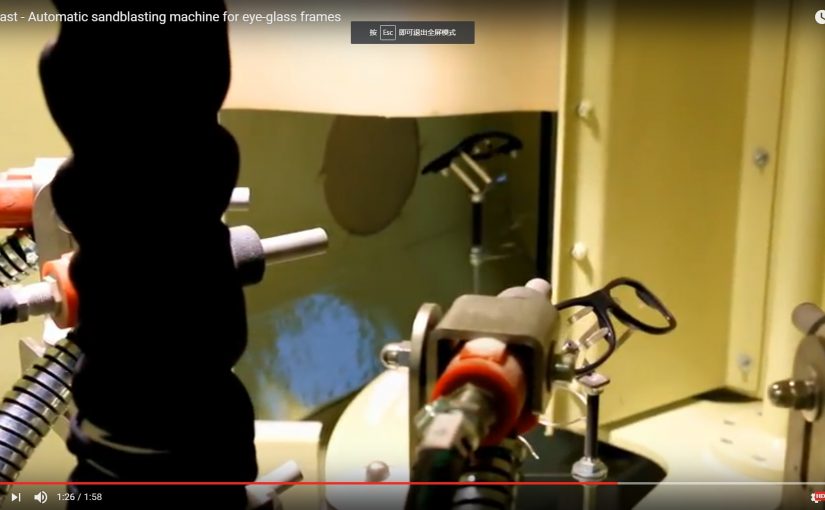Traditional metal sculpturing methods such as grinding, machining and milling are known as subtractive metal manufacturing. Metal 3D printing however, is additive metal manufacturing. By layering the material to slowly form the complete shape of the design, it magnificently saves metal material.
While we have seldom heard about metal printing, it is actually been used in many areas such as space exploration, aerospace, and healthcare. For example:(see also : renishaw.com)
“In space exploration, for example, industry leaders such as Elon Musk’s SpaceX and NASA have fully embraced metal 3D printing as a way to produce rocket ship parts that have drastically lowered costs while highly improving performance. SpaceX, for example, relied heavily on the custom metal parts for the combustion chamber of the SpaceX SuperDraco engine.
NASA was able to develop a turbopump for their rocket engine that was put together with 45 percent fewer parts than pumps made through conventional manufacturing processes. It seems like it’s only a matter of time before an entire rocket engine is capable of being 3D printed.”(from TechCrunch, last access 9th Feb 2017)
In healthcare:
“the American Food and Drug Administration has approved the use of 3D-printed metal implants for medical procedures.
Recent successful applications of metal 3D printing in the medical sector include a titanium 3D-printed skull implant and a 3D-printed rib cage — both of which were custom tailored for cancer patients using digital scans after tumor removal surgeries.”(From TechCrunch, last access 9th Feb 2017)
3D metal Printing is a rising trend:
“Still, even marginal improvements in speed might give the right company a toehold in the growing market for metal 3D printers. While the numbers of printer sales are paltry—just 348 metal 3D printers were sold in 2013, according to Wohlers Report 2014—metals, and the concomitant printers, are the fastest growing sector of a 3D-printing field expected to be worth more than $17 billion by 2020.” (from FORTUNE.COM, last access 9th Feb 2017)
As the trend grows, metal printing would be more prevalent and the cost for it is very likely to reduce further in the future. As such, metal 3D printing can be a possible way to cut cost and save materials.
Beside the conventional way of sanding surface of 3D printed parts with sand paper or sanding machines(large or handhold turning machine), there is an alternative way–Bead blasting, or bead abrasive blasting, sand blasting.
What is sandblasting and why is it used?
“Sandblasting is an effective cleaning process for hard surfaces with the use of high pressure air. The sandblasting method can be used for smoothing, shaping and cleaning hard surfaces, debarring, blending and stress relieving of any part that is hard. This process also removes slag, rust, and imperfections in steel as a preparation for various coatings. The effect of sandblasting is similar to that of using sandpaper, but provides a more even finish.
Where is Sandblasting used?
The sandblasting process can be used effectively on steel, iron, copper, brass, aluminum and glass. Sandblasting can be used to clean up fabricated parts, structural steel, castings, pipes (inside and out) pipe fittings, auto body parts and machine parts. This process can also be used on new materials to remove rust, paints, stains and glues. Sand blasting works for automotive restoration. It helps avoid a lot of hard labor, especially when working with deeply convoluted surfaces like a rusty wheel rim.”(from CompetitiveEdgeCoating ;ast access 9th Feb 2017)
What is Glass Bead Blasting?
“Glass bead blasting is a metal cleaning process that creates a clean, bright, uniform matte texture. The glass beads are applied to a surface using low air pressure. This process removes paint, rust and corrosion from all types of metals, from autos, trucks, equipment, machinery engine blocks, heads and intakes. Using the bead blasting process a surface can be cleaned without any damage. The beads come in a variety of sizes. The smaller the glass beads, the smoother the surface, larger beads produce a more textured finish.
Where is Glass Bead Blasting used?
Glass Bead blasting can be used on a wide range of materials including aluminum, stainless steel, copper, steel, brass, titanium, sterling silver, bronze, metal, glass, plastic and rubber. It can be used in the restoration processes of cars and trucks. Glass bead blasting is also an effective cleaning process on equipment, machinery engine blocks, heads and intakes. Bead blasting is a low cost process and can be used on decorative parts including: custom auto parts and custom motorcycle parts.” (from CompetitiveEdgeCoating last access 9th Feb 2017)
Bead blasting is not necessarily manual. It can be done automatically with machines. (Guyson.com last access 9th Feb 2017)
reference video:
https://youtu.be/3sMhRP3Awnw from Youtube Channel Jeffrey Santo
posted on 3rd April 2013
last access 9th Feb 2017
here is another video showing automated sandblasting machine for glass frames, which can relate to jewelries
from Youtube Channel norblastsrl, posted on 5th April 2016, last access 9th Feb 2017
